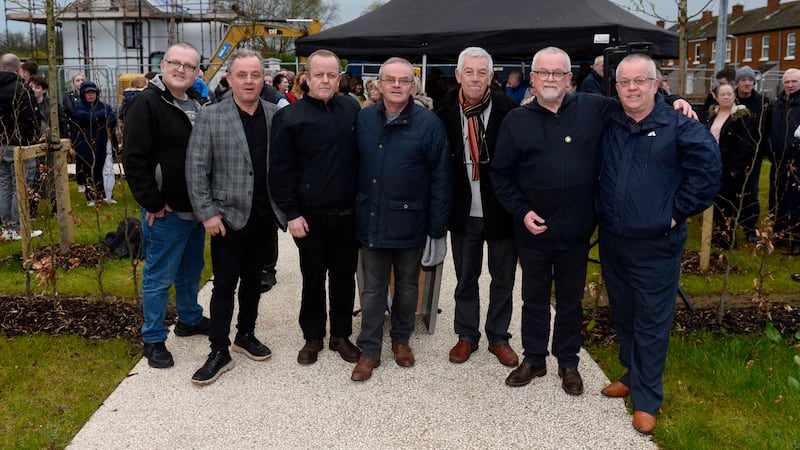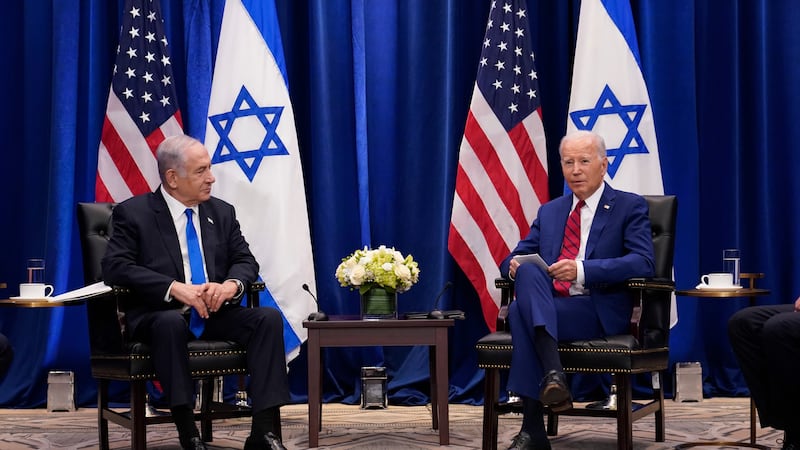Your friendly neighbourhood Sinn Féin activist has been armed, if you will pardon the expression, with a new set of answers on Irish unification.
A draft document, The Activist’s Guide, was distributed to attendees at the party’s annual think-in in Cavan on Monday. It was not made available to the press but the Times in Dublin obtained a copy.
The guide outlines how to talk to friends and family about unity, in the expectation that a border poll will be held in the foreseeable future. It is generally fresh and forthright in tone, although there is one familiar quibble - Northern Ireland’s £10 billion subvention is still being wished away.
Activists are instructed to say the British government “refuses” to provide accurate economic figures, as if data not collected on a regional basis is being deliberately concealed, instead of just estimated to a statistically certain 5 per cent margin of error.
Activists are told to say UK-wide costs for things like defence, debt and depreciation will not apply in a united Ireland, saving £5-7 billion. In truth, these savings might total £1 billion, almost all on defence.
Activists are advised to cite economic reports on unification without explaining they were commissioned by Sinn Féin or assume a united Ireland would be run along ruthlessly Thatcherite lines.
The “unpublished Oireachtas report” they are asked to mention, claiming Northern Ireland needs no subvention at all, was sourced by Fianna Fáil senator Mark Daly - a lone wolf on this issue - and assumes we could walk away from our entire share of the UK’s national debt, while the UK would continue paying all our unfunded public sector pensions and state retirement benefits.
That is simply not going to happen. As the debate on Scottish independence established, debts must be honoured and unfunded pensions cannot be paid across borders, ironically in part due to EU law.
Retirement benefits are just that - benefits, paid directly from taxation. There is no national insurance pot and no point crying “I’ve paid my stamp” like some angry grandad. Realistically, unification would involve an enormous economic adjustment. But of course that adjustment is possible and the guide introduces some honesty on the issue, by acknowledging there would be job losses across the public sector as duplication is eliminated.
The reason the claim of deliberately concealed figures is so disappointing is that it harks back to the Gerry Adams era of sly digs and paranoid petulance. Beyond that, the rest of the guide has Mary Lou McDonald’s style stamped all over it. Clever kites are flown and previous equivocations are confronted head-on, in principle if not in detail. Activists are instructed to prepare supporters for a new Irish flag and anthem and to say that attachment to symbols and emblems should not “hold back Irish unity”.
A transition period is suggested, during which Stormont would operate. This lends a fascinating context to February’s failed Stormont deal. With serious debate on unification in prospect, is Sinn Féin now the party that wants to ‘make Northern Ireland work’?
One curious inaccuracy in the guide is an over-generosity to unionists. It claims they would be 20 per cent of the population in a united Ireland, giving them permanent political significance, which it contrasts with their fleeting Westminster influence under the DUP-Tory deal.
Unionists would actually be 13 per cent of the population, precisely Sinn Féin’s long-term standing in the Dáil - a level at which it is kept permanently marginalised.
Talking up unionist happiness in a united Ireland may be linked to the guide’s assurances there would be no loyalist violence in the south post-unification, because “that day is gone”.
This message is clearly aimed at a southern audience - northerners will find it perfunctory. Those familiar with simmering tensions in Northern Ireland will know that what most menaces our future is mishandling of the past, in which Sinn Féin plays a driving role. The constant lauding and excusing of completely unwarranted violence cannot be safely carried over into a united Ireland, by anyone, yet this tendency only seems to be increasing.
Sinn Féin is never going to instruct its activists to disown the IRA. According to the last independent monitoring report, most of the IRA were demobbed into activists. However, the party needs to find some way to dial down the war rhetoric if it wants to sell peaceful, dramatic change. Until then, a debate about money, symbols and structures - while fascinating and welcome - remains dangerously incomplete.









